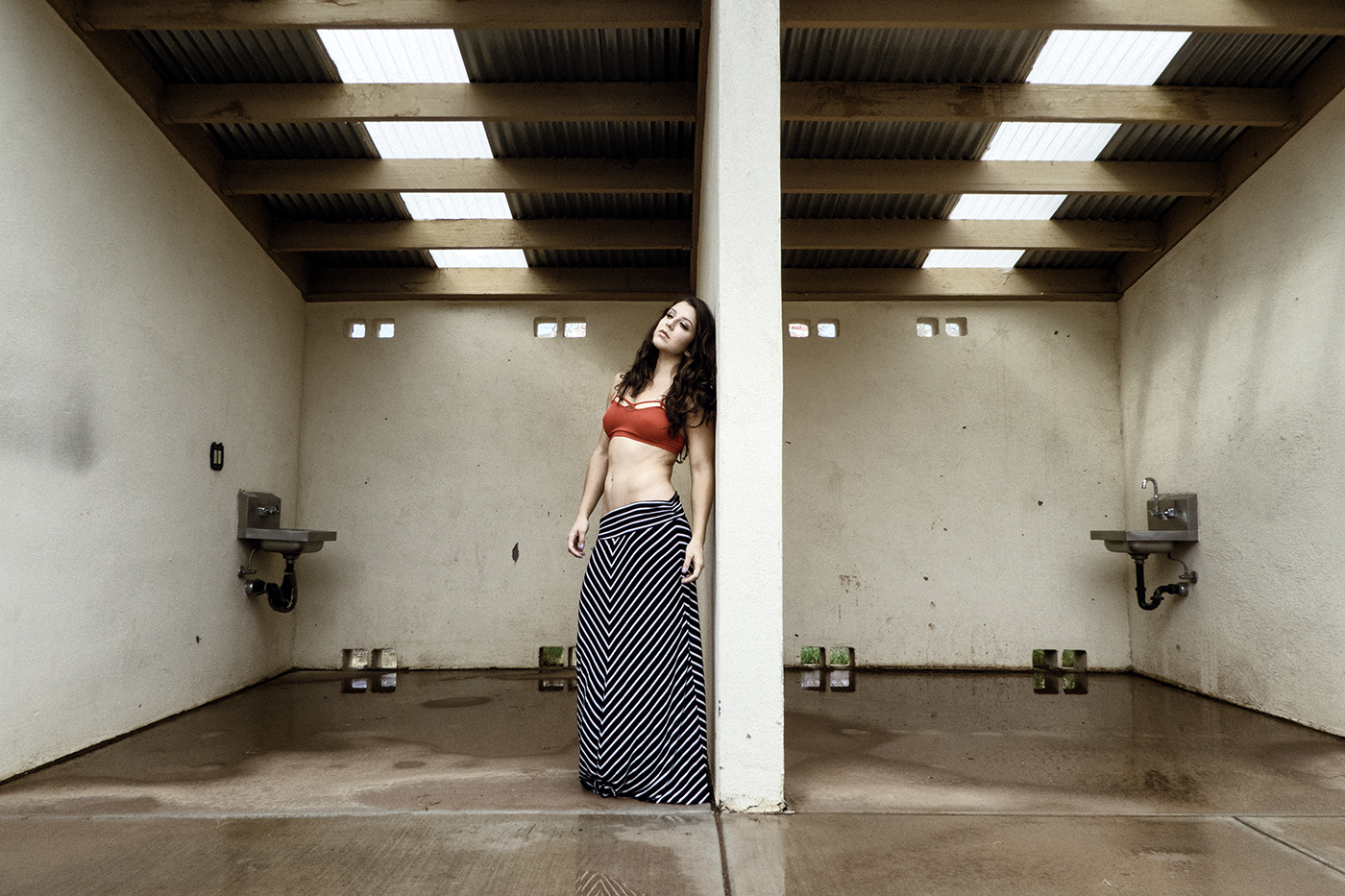
by Donald Giannatti | Jan 3, 2017 | Lighting Class
Let’s look at light and the four principles of how light works. First up, the size of the light source in relation to the size of the subject. Imagine looking out the window at the front yard and without seeing the sky knowing whether it is sunny or cloudy. We...
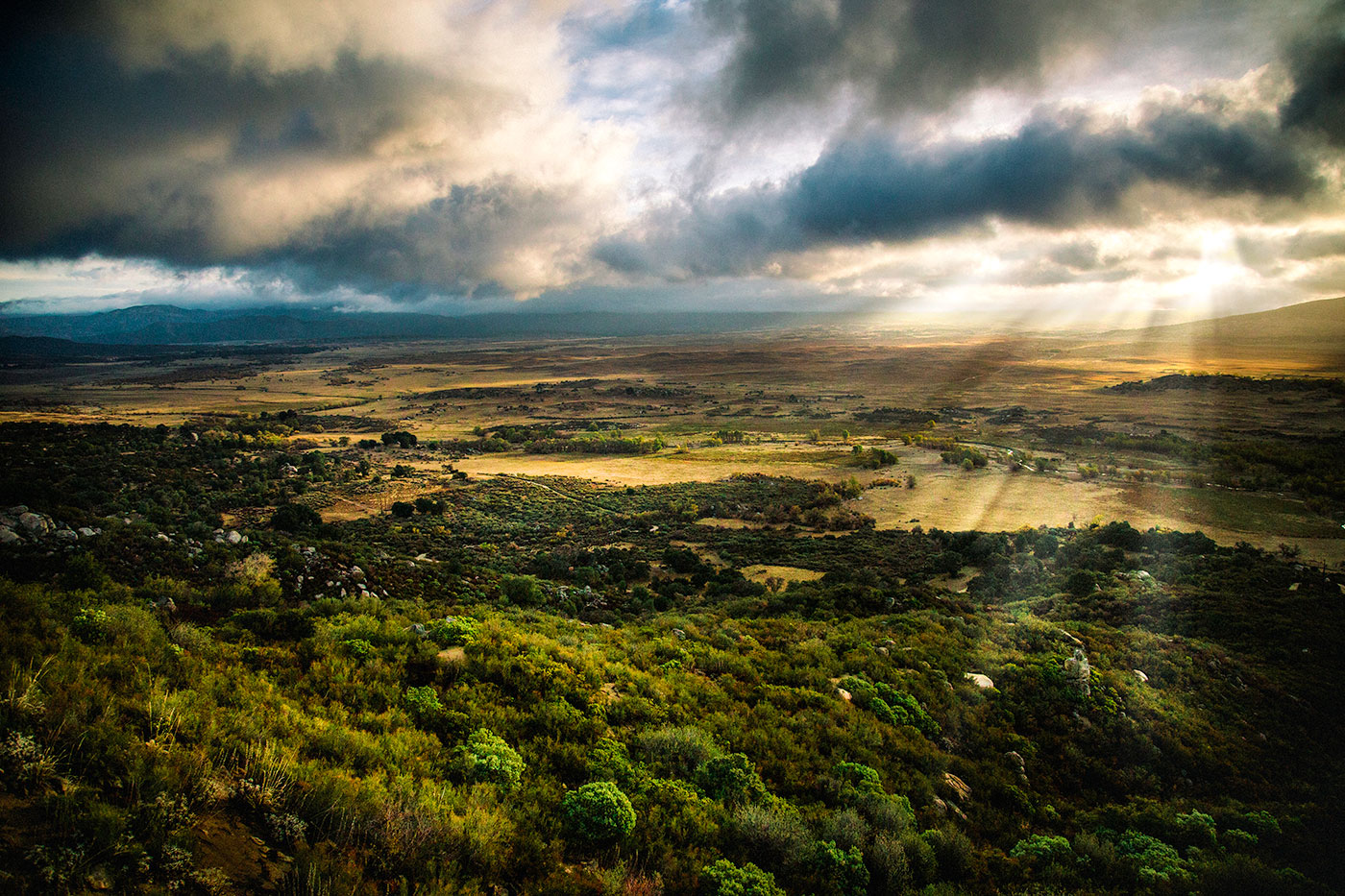
by Donald Giannatti | Jan 2, 2017 | Lighting Class
DISTANCE OF THE LIGHT SOURCE FROM THE SUBJECT The second principle of light is the distance of the light source from the subject. One thing for sure, if it is artificial light, the distance of the light source from the subject can change the size relationship, but...
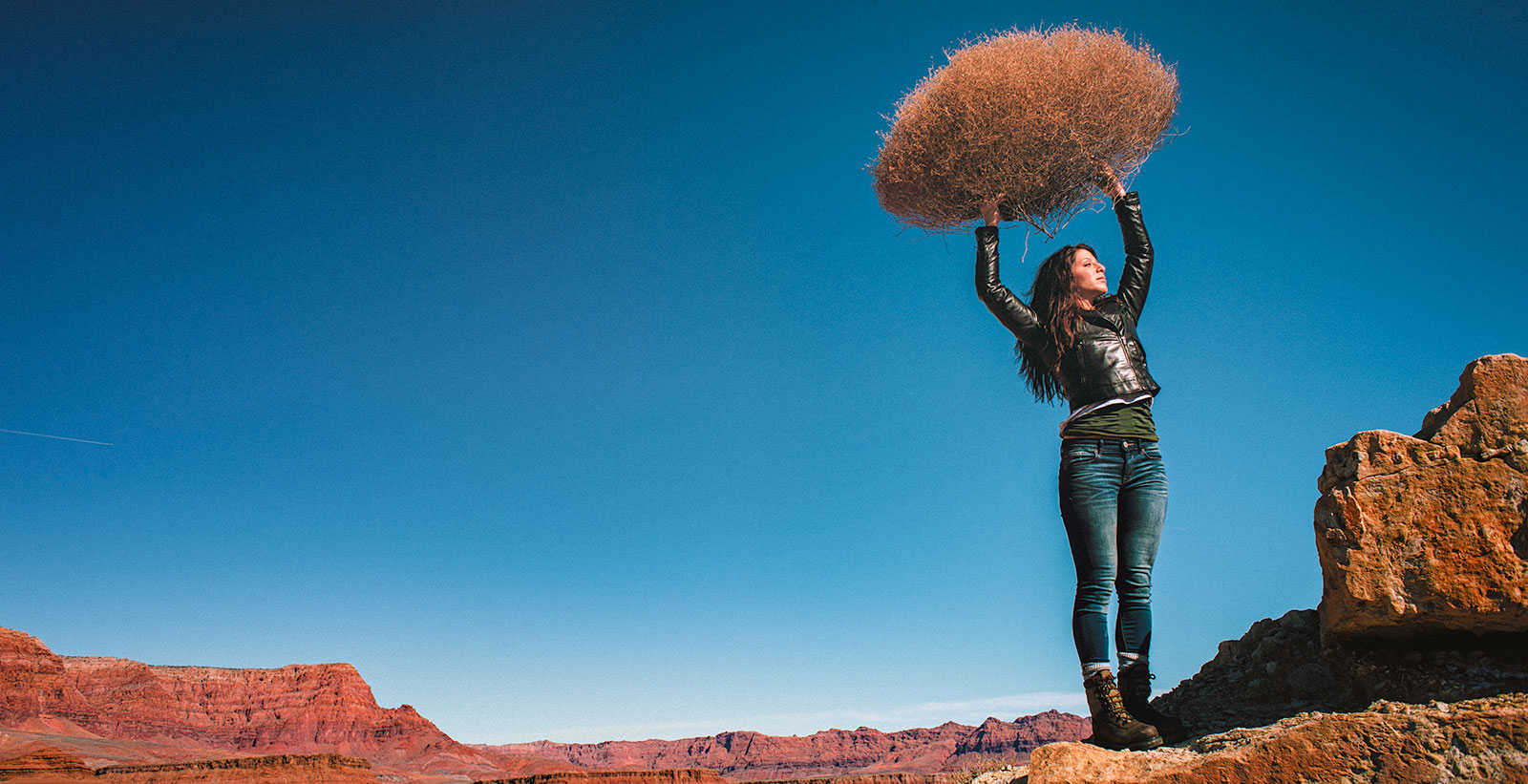
by Donald Giannatti | Jan 1, 2017 | Lighting Class
LIGHTING PRINCIPLE THREE: THE COLOR OF LIGHT We see light usually as a white source, or at least a neutral source. It isn’t. neutral, it has a color to it and that color can influence all the parts of your image, from shadows to highlights. We don’t see...

by Donald Giannatti | Dec 31, 2016 | Lighting Class
Lighting Principle Number Four: The Angle of the Light to the Subject and the Camera Law of Physics: Angle of Incidence equals the Angle of Reflection. This is an axiom that a lot of people hear and repeat without taking careful note of what it means to their...
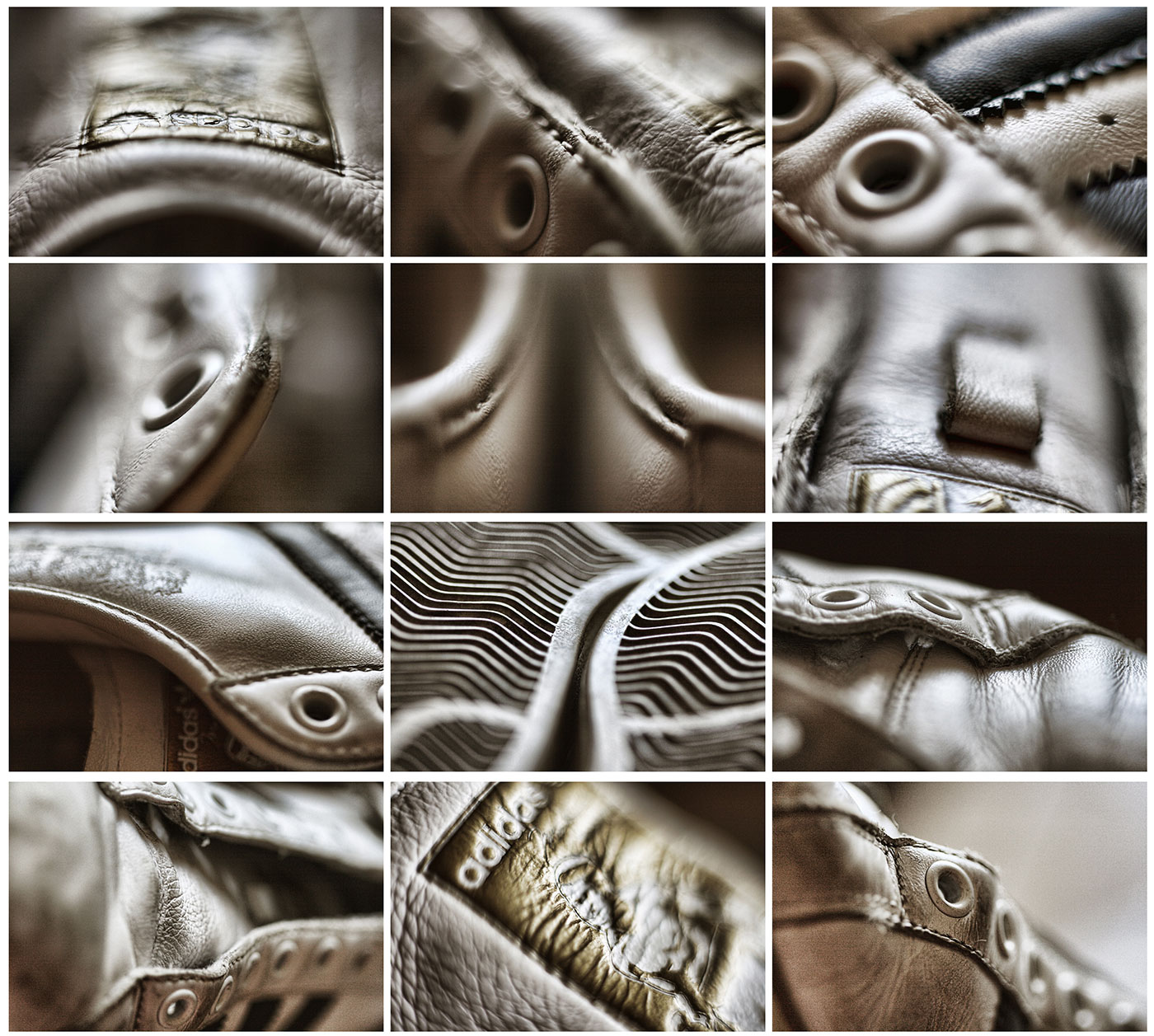
by Donald Giannatti | Dec 30, 2016 | Featured, LE News and Info, Lighting Class
EVERYTHING REFLECTS. Let me say that again. Everything reflects. Some things reflect more than others. Some surfaces are more reflective than others. But since everything reflects, we are sometimes presenting what that subject reflects rather than ‘bouncing’ light...
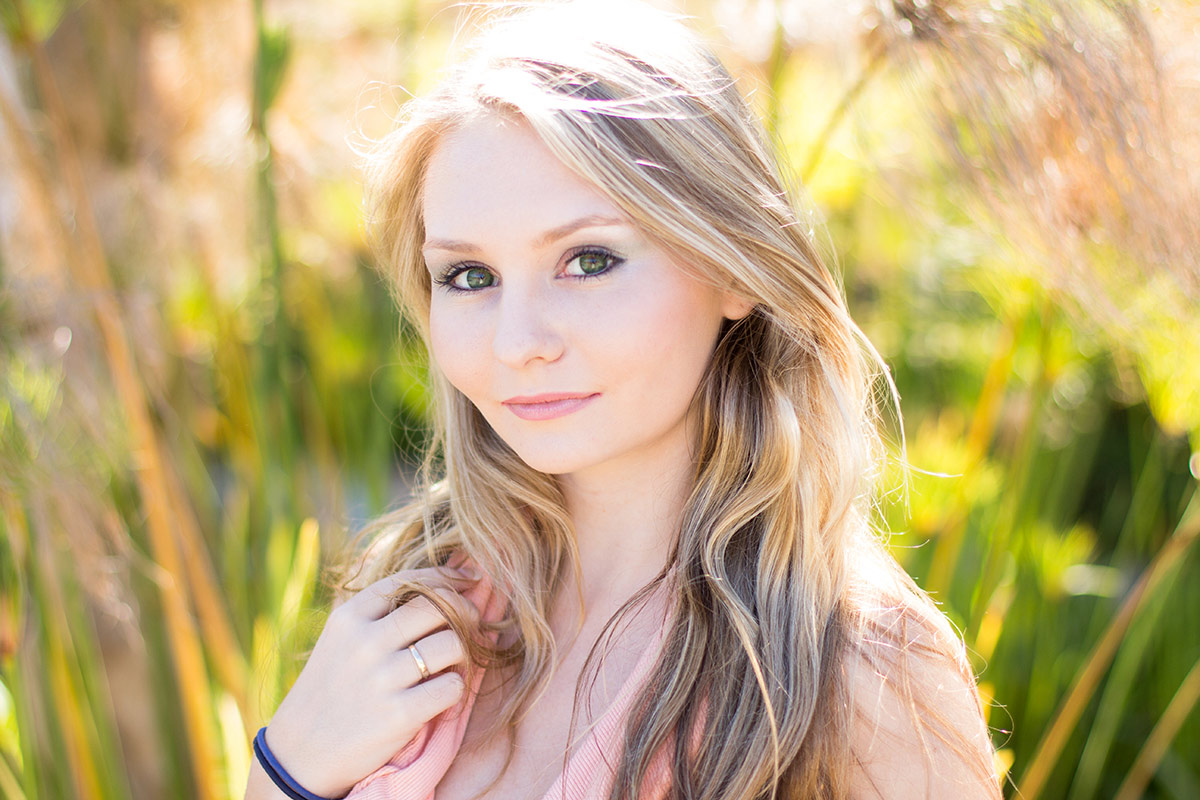
by Donald Giannatti | Dec 29, 2016 | Featured, Lighting Class
Matte Surfaces These are surfaces that are not as rough as texture, but not smooth either. Skin, cloth, natural leather, finished woods and many food items are examples. Most of what we deal with in our daily lives would fall under the Matte surface example. Matte...










